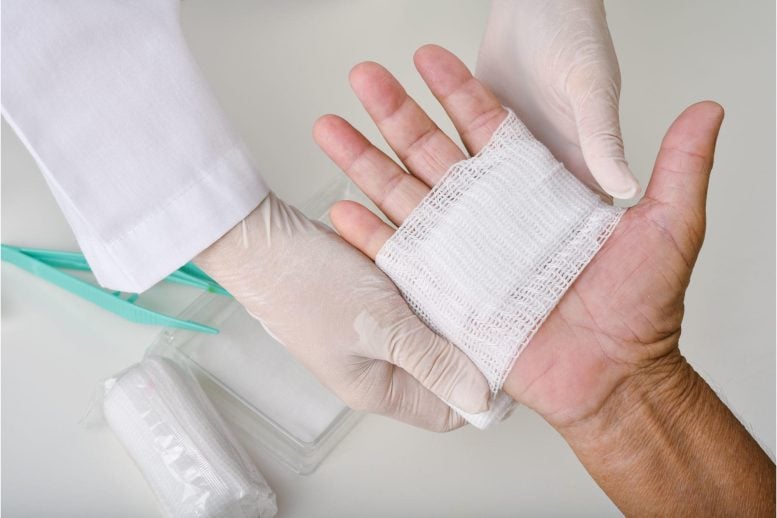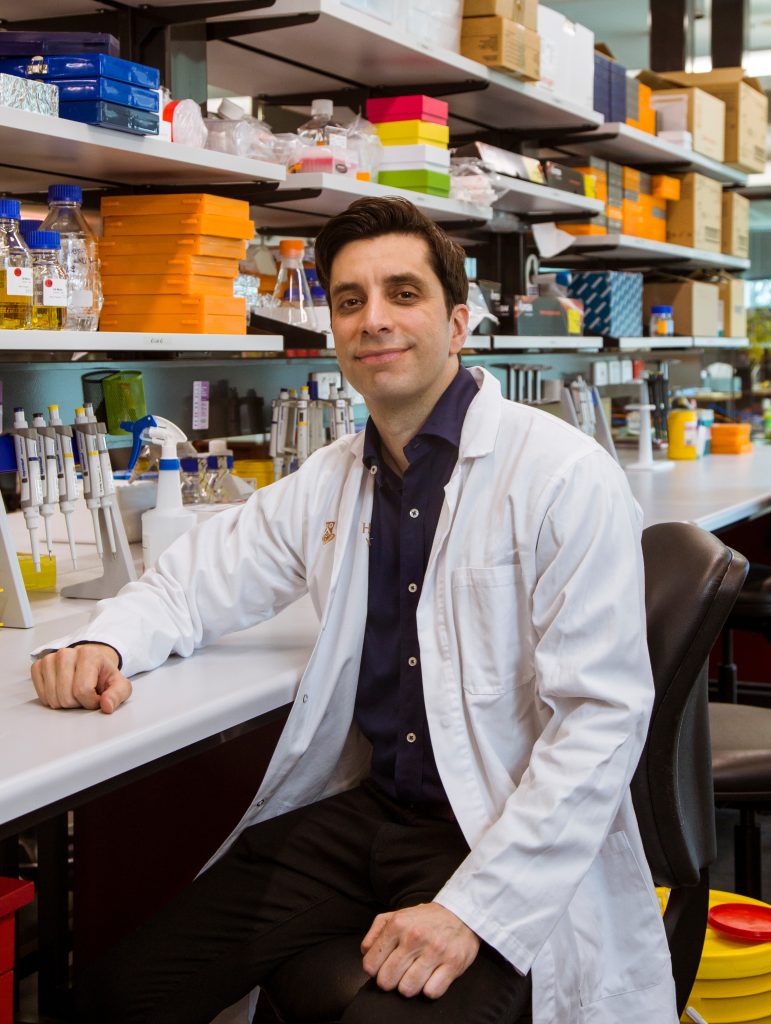
Researchers at Monash University have discovered a molecule that accelerates wound healing and muscle regeneration, potentially transforming treatments for chronic wounds and reducing global healthcare costs.
Scientists have discovered a crucial protein that enhances wound healing and muscle regeneration, a process often impaired by conditions such as diabetes and aging.
Researchers have discovered an essential phase in the wound healing process that is impaired in conditions such as diabetes and aging, which contributes to the annual global healthcare expenditure of over $250 billion on poorly healing wounds. The study, published in Nature, identifies a molecule that plays a role in tissue repair. When this molecule is administered to animal models, it significantly speeds up wound closure—by as much as 2.5 times—and enhances muscle regeneration by 1.6 times.
Lead researcher, Associate Professor Mikaël Martino, from Monash University’s Australian Regenerative Medicine Institute (ARMI) in Melbourne, Australia, said the discovery “could transform regenerative medicine, because it sheds light on the crucial role of sensory neurons in orchestrating the repair and regeneration of tissues, offering promising implications for improving patient outcomes.”
Economic Impact and Diabetes-Related Complications
The cost of managing poorly healing wounds is around $250 billion a year. “In adults with diabetes alone – where poor blood flow can lead to quickly worsening wounds that are often very slow or impossible to heal – the lifetime risk of developing a diabetic foot ulcer (DFU), the most common diabetes-related wound, is 20 to 35 percent and this number is rising with increased longevity and medical complexity of people with diabetes,” co-lead author, ARMI’s Dr. Yen-Zhen Lu said.

Lead author, Associate Professor Mikaël Martino. Credit: Lead author, Associate Professor Mikaël Martino.
Nociceptive sensory neurons, also called nociceptors, are the nerves in our body that sense pain. These neurons alert us to potentially damaging stimuli in tissues by detecting dangers like tissue damage, inflammation, extremes in temperature, and pressure.
The researchers discovered that – during the healing process – sensory neuron endings grow into injured skin and muscle tissues, communicating with immune cells through a neuropeptide called calcitonin gene-related peptide (CGRP).
Findings and Future Implications
“Remarkably, this neuropeptide acts on immune cells to control them, facilitating tissue healing after injury,” Associate Professor Martino said.
Importantly they found that sensory neurons are crucial to the dissemination of CGRP because they showed that the selective removal of sensory neurons in mice reduces CGRP and significantly impairs skin wound healing and muscle regeneration following injury.
When the scientists administered an engineered version of CGRP to mice with neuropathy similar to that seen in diabetic patients, it led to rapid wound healing and muscle regeneration.
According to Associate Professor Martino, these findings hold significant promise for regenerative medicine, particularly for the treatment of poorly healing tissues and chronic wounds.
“By harnessing neuro-immune interactions, the team aims to develop innovative therapies that address one of the root causes of impaired tissue healing, offering hope to millions,” he said.
“This study has uncovered significant implications for advancing our understanding of the tissue healing process after acute injury. Harnessing the potential of this neuro-immuno-regenerative axis opens new avenues for effective therapies, whether as standalone treatments or in combination with existing therapeutic approaches.”
Reference: “CGRP sensory neurons promote tissue healing via neutrophils and macrophages” by Yen-Zhen Lu, Bhavana Nayer, Shailendra Kumar Singh, Yasmin K. Alshoubaki, Elle Yuan, Anthony J. Park, Kenta Maruyama, Shizuo Akira and Mikaël M. Martino, 27 March 2024, Nature.
DOI: 10.1038/s41586-024-07237-y
>>> Read full article>>>
Copyright for syndicated content belongs to the linked Source : SciTechDaily – https://scitechdaily.com/transformative-discovery-could-solve-billion-dollar-problem-of-poorly-managed-wound-healing/































